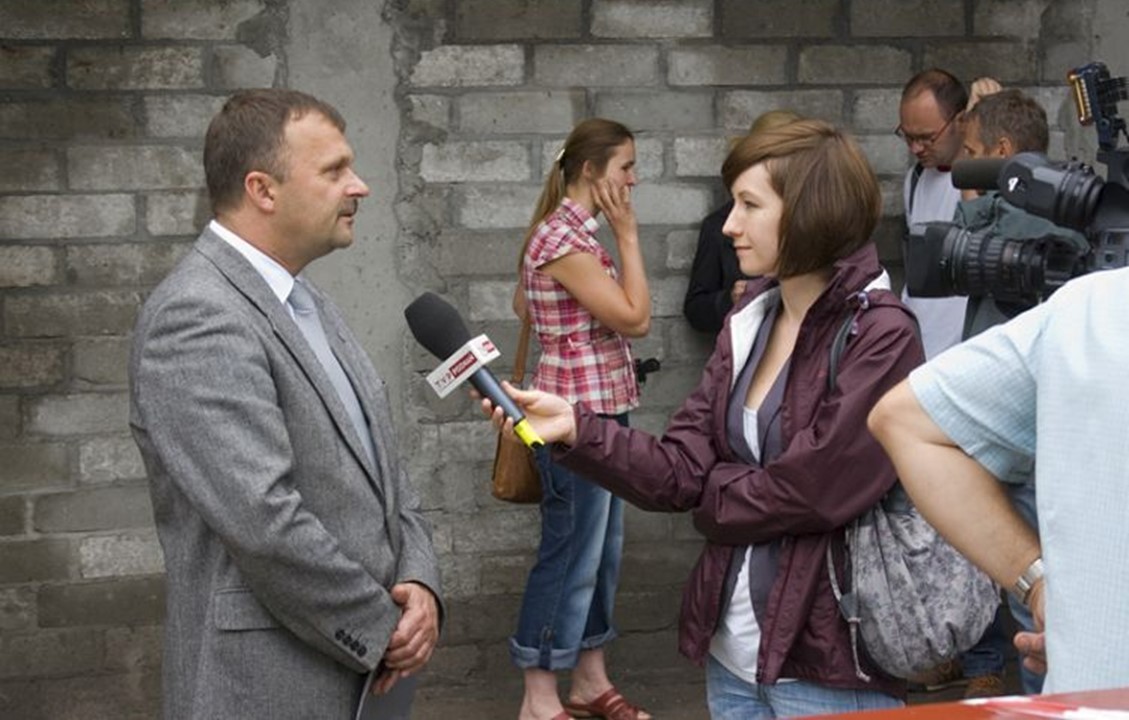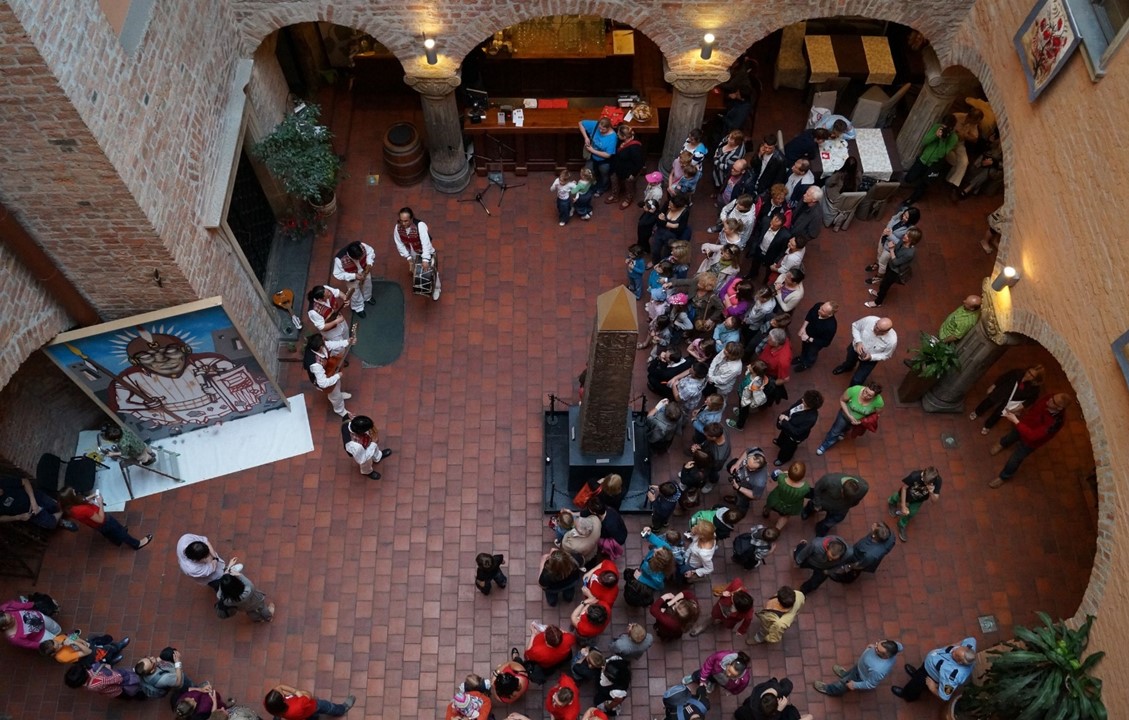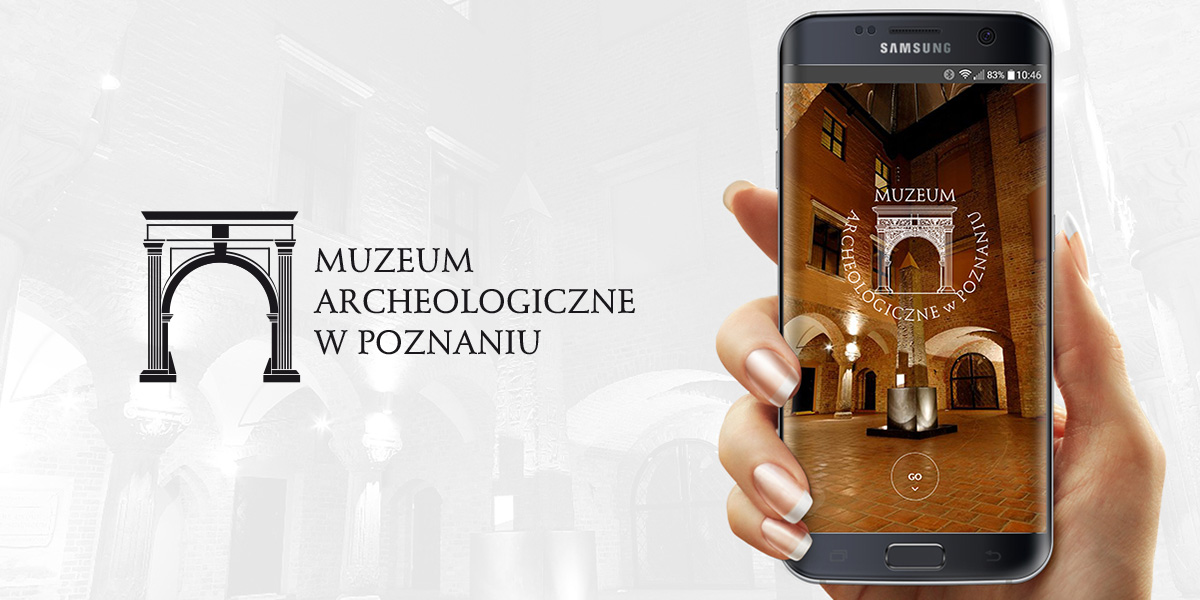Exhibitions
Departments

Contact for media representatives: Łukasz Bartkowiak, phone 782170579, lukasz.bartkowiak@muzarp.poznan.pl
Note for the press
The Archaeological Museum in Poznań has already grown into the landscape of the city’s cultural institutions. In our rich collection from different parts of the world, the visitors can find outstanding treasures of the past, including the obelisk of pharaoh Ramsses II, Egyptian statues and papyri, Sudanese intricate pottery and beads, African petroglyphs, lavishly furnished graves of Neolithic princesses found in Wielkopolska (Greater Poland), a wealth of Early Medieval silver ornaments – just to name a few.
What many visitors may not realise is the long and rich history of our institution. In 2017, the Museum celebrated its 160th anniversary. Its origins date back to 1857, when the Museum of Polish and Slavic Antiquities was founded by the Poznań Society for the Advancement of Arts and Sciences to preserve relics of our nation’s earliest history. Over the decades, the Museum underwent numerous changes in location, structure, and name before becoming an independent institution in 1940, following its separation from the former Wielkopolskie Museum. Since 1967, it has been housed in the historic Górka Palace on Wodna Street.
Two individuals in particular played a pivotal role in shaping the Museum’s identity and mission. The first was Professor Józef Kostrzewski – long-time director, co-founder of Poznań University, renowned researcher of Biskupin, and mentor to generations of archaeologists. He established what became known as the Poznań School of Polish Archaeology, which gained recognition both in Poland and internationally. The second key figure was Professor Lech Krzyżaniak, who led archaeological expeditions in Egypt and Sudan and laid the foundation for a major African research centre that is well-known around the world.
Today, the Museum’s primary areas of research and exhibition are focused on the archaeology of Greater Poland and Africa. We are also deeply engaged in uncovering and interpreting the early medieval history of Poznań, initiating and contributing to numerous important archaeological projects in the city. Above all, we are a public museum committed to engaging a broad and diverse audience, promoting archaeological research, and sharing knowledge about the past. We offer exhibitions and educational programs for visitors of all ages.
Our outreach goes far beyond the Museum’s walls. We organise popular-science events, such as the annual Festival of Slavic and Cistercian Culture in Ląd on the Warta River, which draws large crowds each year. In addition, we host national and international conferences on European and African archaeology, and we publish both academic and popular-science materials based on our research.
Our rich collection is often investigated by archaeologists who are seeking answers to various research questions, and by students, to whom artefacts remain invaluable learning material. We have our own research archives, a library, a conservation lab, and a photography studio.
The Archaeological Museum in Poznań is already a part of history, but its story is far from over. As its current staff, we proudly carry forward the legacy of our predecessors while shaping the Museum’s present and planning for its future. Our mission remains unchanged: to serve both science and society, to which we are permanently and passionately committed.
Nasza strona internetowa używa plików cookies (tzw. ciasteczka) w celach statystycznych, reklamowych oraz funkcjonalnych. Dzięki nim możemy indywidualnie dostosować stronę do twoich potrzeb. Każdy może zaakceptować pliki cookies albo ma możliwość wyłączenia ich w przeglądarce, dzięki czemu nie będą zbierane żadne informacje. Dowiedz się więcej jak je wyłączyć. OK, Rozumiem





